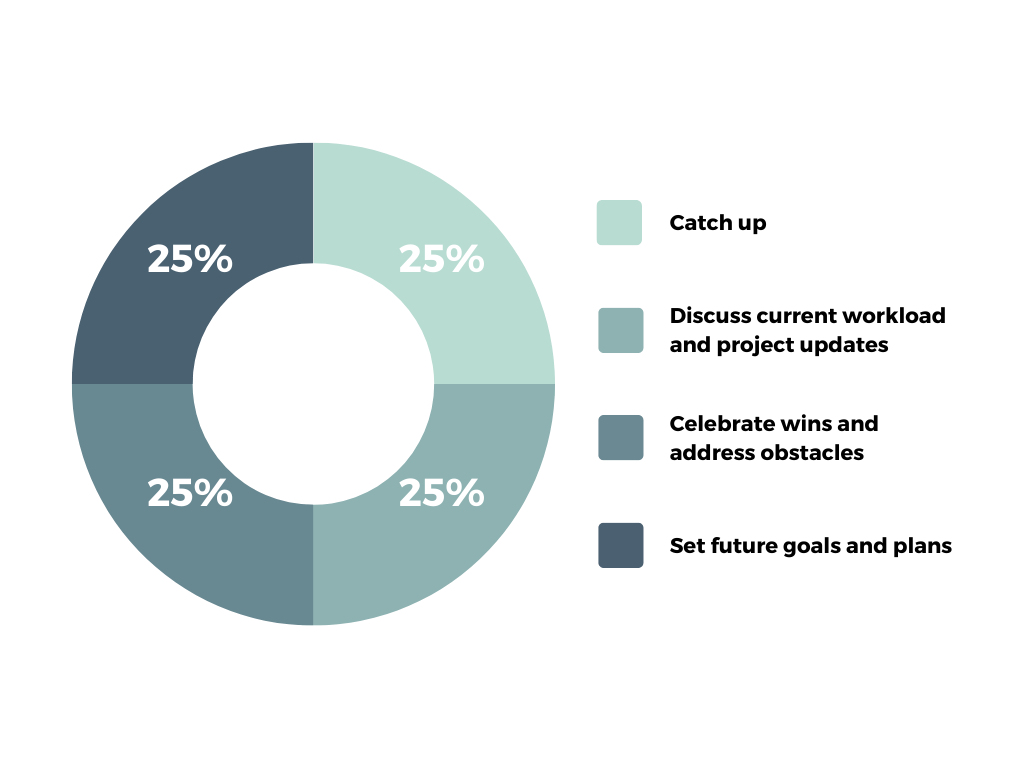The onboarding process is a crucial aspect of the employee experience and begins as soon as the job offer is extended.
Successful onboarding lays the foundation for your new employees to thrive and contribute to your organization’s achievements. When the process is not prioritized or properly executed, it communicates to your new hires that your company may not be the right fit for them or that you don’t care about their success.
In fact, studies show that about 30 percent of new employees will quit within the first 90 days of employment.
The cost of turnover is significant, ranging from one-half to two times an employee’s annual salary. For example, in a 100-person organization with an average employee salary of $50,000, the annual turnover costs can add up to $660,000 to $2.6M.
In this article, we’ll discuss how to create a successful onboarding process that reduces the risk of 90-day turnover and sets your new hires up for long-term success.
Please remember, if you can’t execute all the steps mentioned in this article — it’s okay. Focus on the first day, and most importantly, make sure your new employee leaves feeling excited about the company, job, and team! Let’s dive in.
Download your free onboarding checklist
Three onboarding best practices
1. Personalize the experience
The onboarding process plays a critical role in retaining new hires, and as a hiring manager, it’s essential to stay engaged, even if HR manages the logistics.
To create a personalized experience, incorporate tasks they expressed interest in during the interview process. Additionally, share the company’s history and introduce them to the team to help them acclimate.
Remember, each new hire is different, and onboarding should be tailored to their needs.
2. Fold people into the company culture
Welcoming a new team member is an exciting time, and by taking the appropriate steps, you can ensure your new hire feels valued and supported from day one.
Set the stage for a productive and successful team dynamic by introducing the new employee to everyone on the team — more on this later.
Remember, first impressions go both ways, so make sure your team understands their role in welcoming the new hire and why setting the tone for a positive relationship from the start is essential. Encourage coffee chats where team members can spend 15 minutes getting to know each other. And to make it easy, provide a document with suggested table topics.
This investment of time can go a long way in building strong relationships and fostering a culture of communication and inclusion.

3. Be accessible
As a manager, being accessible and present for your new hire will help them feel supported and connected, even in a remote environment. One way to achieve this is to schedule more frequent 1:1s during the first 90 days, including video meetings and in-person time whenever possible.
It can be easy for your new hire to feel lost or disconnected — especially in remote settings — so make sure you’re available via work chat, email, or carrier pigeon to check in, answer questions, connect, and more.
How to successfully onboard new hires in 10 steps
Preboarding — one week before
Also known as self-boarding, preboarding takes place before your new hire’s first day and officially begins as soon as the offer is accepted.

Step 1: Send a welcome email
Create a warm welcome for your new hire and show them you care about their success from the beginning.
Don’t wait for them to reach out with questions — be proactive and share the information they’ll need to feel valued, prepared, and excited to join the team.
Step 2: Organize their physical and digital workspace
Set the tone for a successful onboarding experience by organizing your new hire’s physical and digital workspaces before their first day.
Whether onboarding occurs in person or virtually, you should work with IT to ensure their computer and email are ready. If they are on-site for their first day, you can prepare their physical workspace by:
- Locating a desk for them
- Providing any necessary office supplies
- Ensuring their employee ID is ready
- Adding a personal touch with a welcome note
By taking the time to organize these small details, you demonstrate to your new employee that you value them and care about their success.
Onboarding — the first day
Step 3: Be prepared to execute the details
The first official day is a momentous occasion, and like many significant celebrations — weddings, milestone birthdays, etc. — they require planning.
Whether via Zoom or in an office, the first interaction your new hire has must be seamless. Spend the first part of the day buttoning up the paperwork and nitty gritty details. And if your new employee completed some of the necessary forms during preboarding, even better. That way, it’s not a distraction, and the more enjoyable parts of their first day can begin sooner!
If at any point your new hire feels like you’re flying by the seat of your pants, they may leave feeling uneasy and unsure if this is the right place for them.
A successful first day means your new employee is excited to return (virtually or in the office) tomorrow!

Step 4: Make time for employee and manager relationship building
Lay the groundwork for a positive and productive working relationship by taking them to lunch on their first day. Use this time as an opportunity to get to know each other better and take a small break from the office.
When selecting a restaurant, remember to be mindful of any dietary restrictions they may have.
Step 5: Give them time to settle in
The first official day at a new job can be a nerve-wracking experience, so it’s important to give new employees space to settle in and catch their breath.
When creating the “first-day schedule,” set aside time for them to situate their physical and digital workspace, review reading materials, and watch video tutorials for company software.
After they’ve had a chance to acclimate, schedule a formal introduction to the team to give them a warm welcome and help ease any stress they may be feeling.
Onboarding — the first week
Step 6: Assign small, achievable tasks
If your organization has a formal training program, this is when you would begin to implement it. If the training process at your organization is more fluid, you should still assign small yet achievable tasks to help your new employee hit the ground running and feel helpful.
As an example, here are tasks some of our clients have assigned in the first week:
- Review historical resources
- Become familiar with where to pull data
- Shadow meetings and people
- Read any documentation related to the role
Step 7: Schedule check-in meetings once daily
Daily touchpoints during your new employee’s first week ensure they feel supported and on track to succeed in their role.
These check-in meetings are an excellent time to:
- Celebrate wins (big and small)
- Recognize good work
- Define expectations
- Set goals
- Discuss and address any concerns
Step 8: Plan a team activity
Add some fun to a new hire’s first week by organizing a team activity to help break the ice and build camaraderie. Whether in-person or virtual, make sure it’s inclusive and engaging, and communicate the details and expectations with everyone beforehand.
To spur inspiration and offer examples, here are a few activities that the team at Ambrion enjoys:
- Skribbl.io tournament (virtual)
- Happy hour (virtual or in-person)
- Escape rooms (in-person)
- Team lunch/brunch (in-person)
Onboarding — the first 90 days
We often see one trend during this time frame: increased turnover.
In fact, studies show that about 30 percent of employees will quit within the first 90 days of employment. Retain your newest and best talent by including steps 9 and 10 in your onboarding process.
Step 9: Prioritize clear and consistent 1:1 meetings
By prioritizing regular 1:1 check-ins, you establish an open line of communication with your new hire and set expectations early on. Use this pie chart as a helpful framework to follow, but remember, consistency is key.

Stick with your chosen format for the first 90 days. After that, you can re-evaluate and make any necessary adjustments.
Step 10: Continue facilitating relationship-building on your team
Throughout the first 90 days, managers should continue to schedule social activities to fold new employees into the team intentionally.
Download your free onboarding checklist
Related blogs you’ll enjoy
- How Hybrid Work Improves Employee Retention + Productivity
- How leaders can apply empathy as workers return to the office
- Can You Prevent Virtual Onboarding From Leading to Turnover on Your Team?


